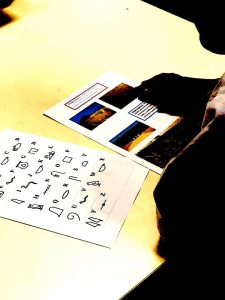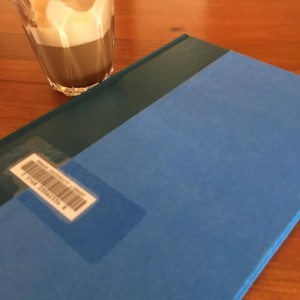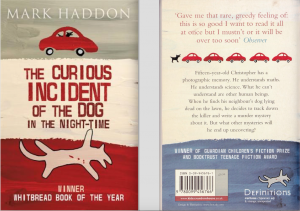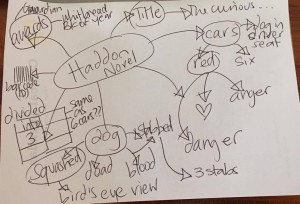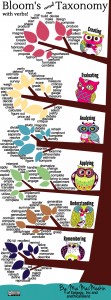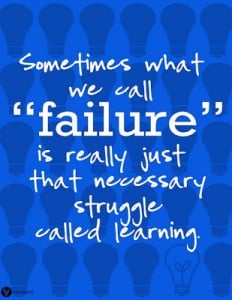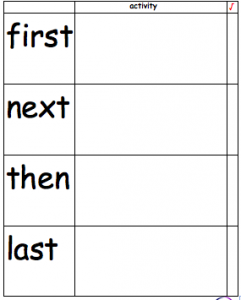Nothing.
But when we asked our students at SEU/Monash the other day to give us feedback about their experiences in the conversation classes to date, the two came together as our Suzhou students shared their experiences using the de Bono hats.
It is amazing how they have opened up and shared both positive and not so positive experiences with us. Their confidence has soared over the last 10 days and more and more they actively volunteer responses and seek out further conversations. The hats activity was a testament to this.
I realise the last few posts have been about student responses but hey, that’s what we came to Suzhou to hear and it is music to our ears. So here are some of the responses the students shared.

White hat
“We met three beautiful facilitators!” (Now there’s a fact right there!)
“We connected with people studying other degrees.” (Yes! The students were divided up in our classes so two different disciplines came together).

Yellow hat
“Facilitators encourage us, don’t laugh at us when we get it wrong.”
“I enjoy the classes as they are more active and participatory with lots of activities.”
“I feel challenged.”

Red hat
“I am happy to have the opportunity to speak English with native speakers.” Me: Guess what? My first
language is not English! (students gasp)
“I am happy because facilitators are friendly and ‘cute’.”
“I feel happy as there is no homework or test!!”
“Relaxed, so comfy to speak.”
“So happy to be here.”
It was interesting to hear this comment: “Ashamed because we are being taught by undergrads.” (All our Suzhou students are studying their Master’s degrees).
And this one: Translation students thought their English should be better than other students who are studying different degrees.

Black hat
“I enjoy the class but don’t like that it is during our lunchtime.” (Students here all eat lunch at noon)
“Facilitators speak too fast sometimes.”
“Too short, we need more classes!” (I hope someone really important is reading and perhaps can accommodate this request! We’d love to do it again)

Green hat
“Interesting getting to learn a different style of teaching.”
“Wish for more permanent staff to replace SEU staff!” (Umm not sure what this means exactly, but the green hat suggests that a good idea would be to have more permanent staff rather than current fly in, fly out arrangements. Maybe?)
A couple of students expressed their desire to now take up teaching given their positive experience! Now that’s a great idea!!

Blue hat
“This has helped me put English into a bigger context.”
And I’ve left the best till last…
“Even though we had only 10 hours [of English conversational classes], in 2 weeks our time will stay with me for the rest of my life.” (I’ll admit there may have been a tear in my eye when I heard this reported back from another facilitator).
Thanks for reading 🙂




